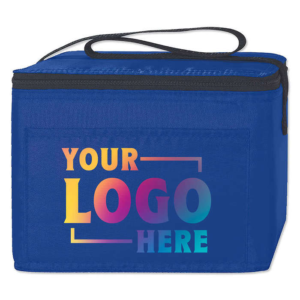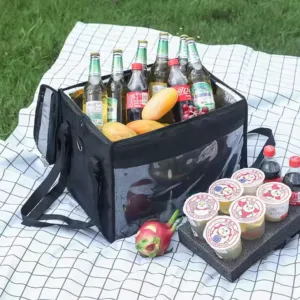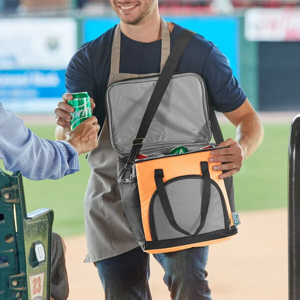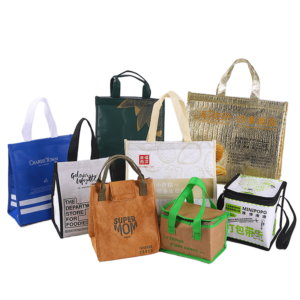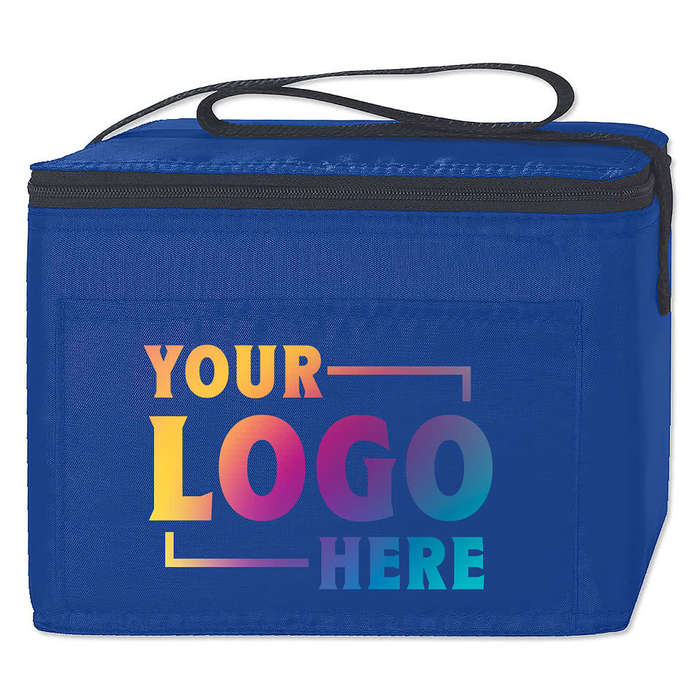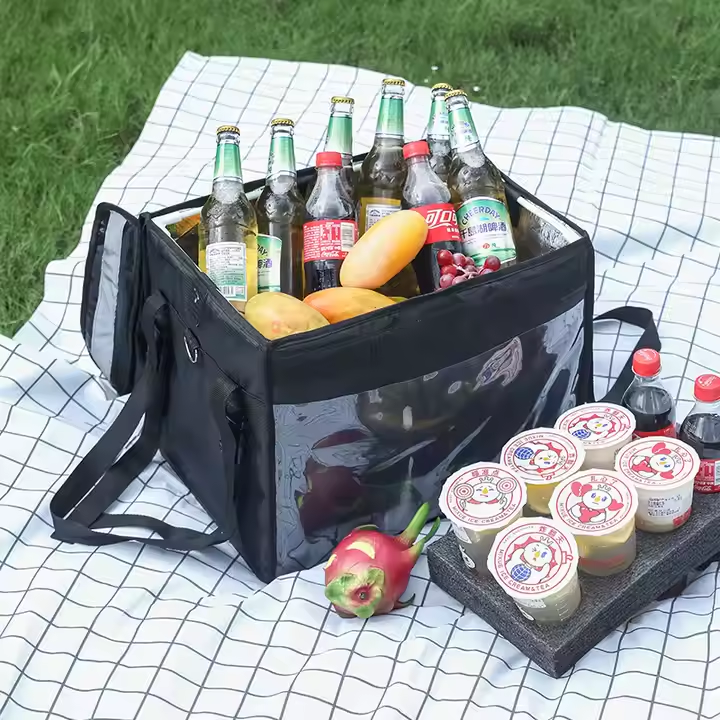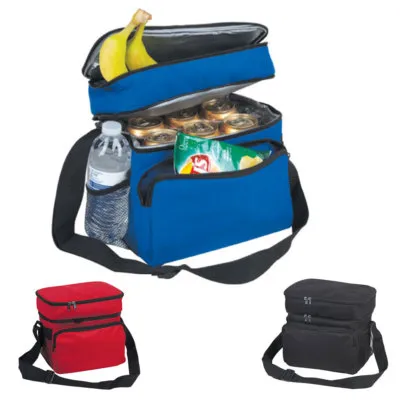A high-quality cooler bag is essential for preserving food and drink freshness during travel or outdoor use. This checklist ensures you select a cooler bag that delivers durability, insulation, and user convenience.
10 Things to Include in Your Cooler Bag Quality Checklist
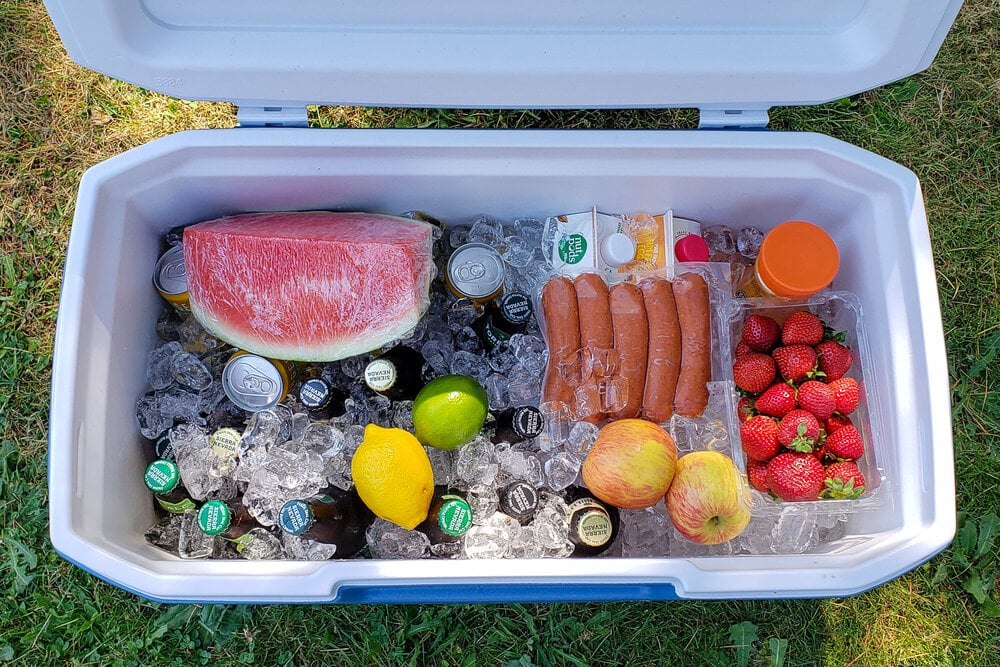
This checklist helps you choose a reliable cooler bag that maintains cold temperatures, resists leaks, and survives frequent use.
Using these criteria will help extend the life and performance of your cooler bag.
Insulation Quality1

Insulation is the core feature of any cooler bag. The quality of insulation determines how long the contents stay cold. High-performance bags often use thick closed-cell foam or reflective thermal linings.
Key Considerations
| Type of Insulation | Benefit |
|---|---|
| Closed-cell foam | Superior temperature retention |
| Reflective inner lining | Reflects heat and maintains cold air |
| Double-layer construction | Enhances thermal resistance |
When evaluating insulation, consider the intended duration and environment of use. A good cooler bag should retain cold for at least 8 hours. Poor insulation will compromise food safety and user satisfaction.
Durable Outer Material2
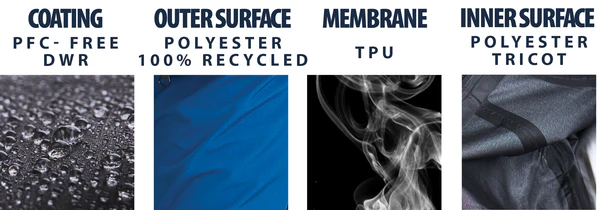
The exterior must withstand friction, impact, and outdoor exposure. Most high-quality cooler bags use heavy-duty polyester, oxford cloth, or tarpaulin.
Key Considerations
| Material | Advantage |
|---|---|
| 600D polyester | Tear-resistant and water-repellent |
| Tarpaulin | Extremely tough and UV-resistant |
| Oxford cloth | Balances durability and flexibility |
Choose materials that resist abrasions and are easy to wipe clean. This increases product lifespan and supports brand reputation for quality.
Waterproof and Leakproof Features3
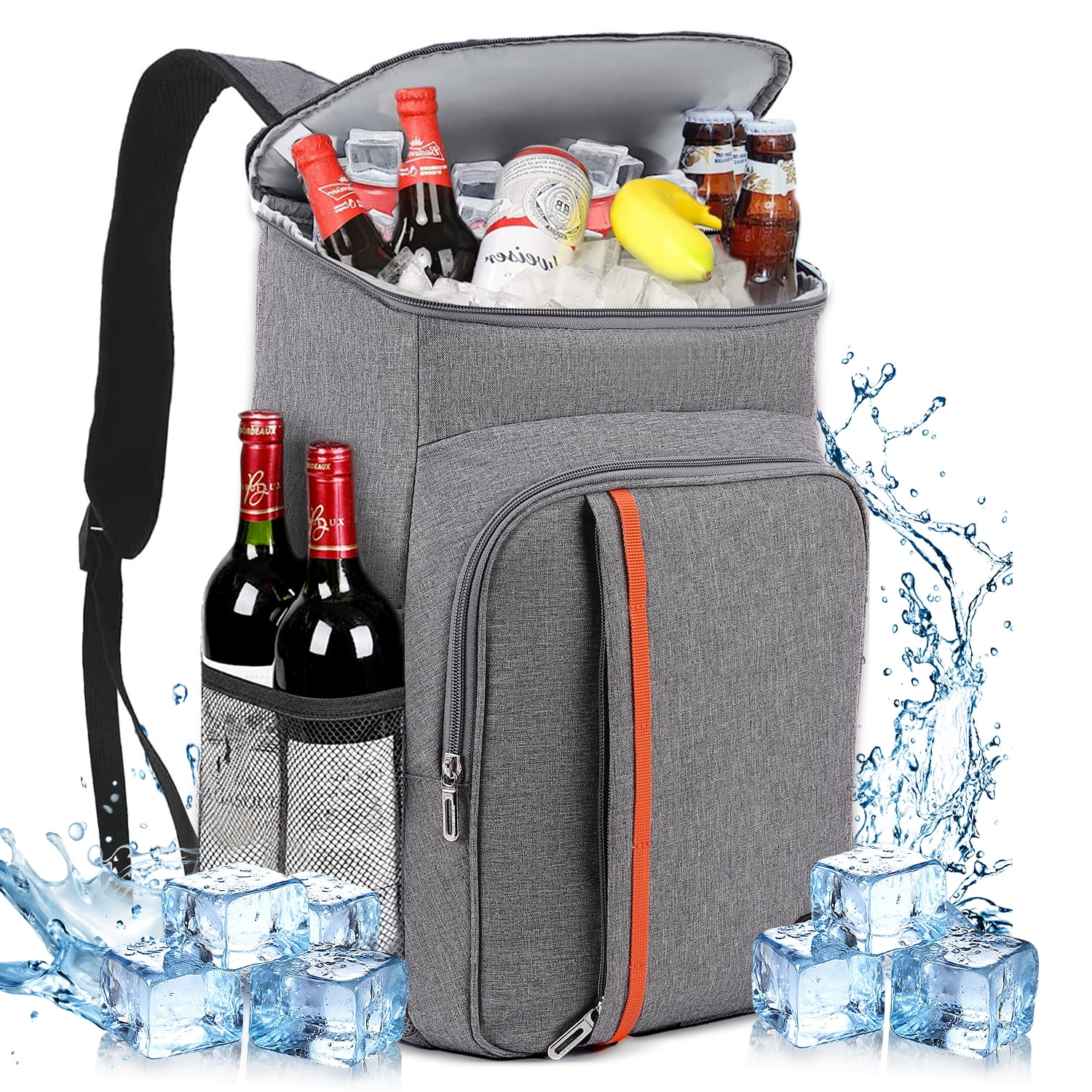
Leakproof protection preserves insulation and prevents mess. Cooler bags must resist external moisture and retain internal contents without leakage.
Key Considerations
| Feature | Function |
|---|---|
| Welded seams | Prevents water seepage |
| Waterproof zippers | Blocks rain and splash intrusion |
| PEVA/PVC liners | Safe for food contact and leakproof |
Ensure the bag has inner linings that hold melted ice and stop spills. Waterproofing protects not only the contents but also the user’s gear.
Sturdy and Comfortable Handles/Straps
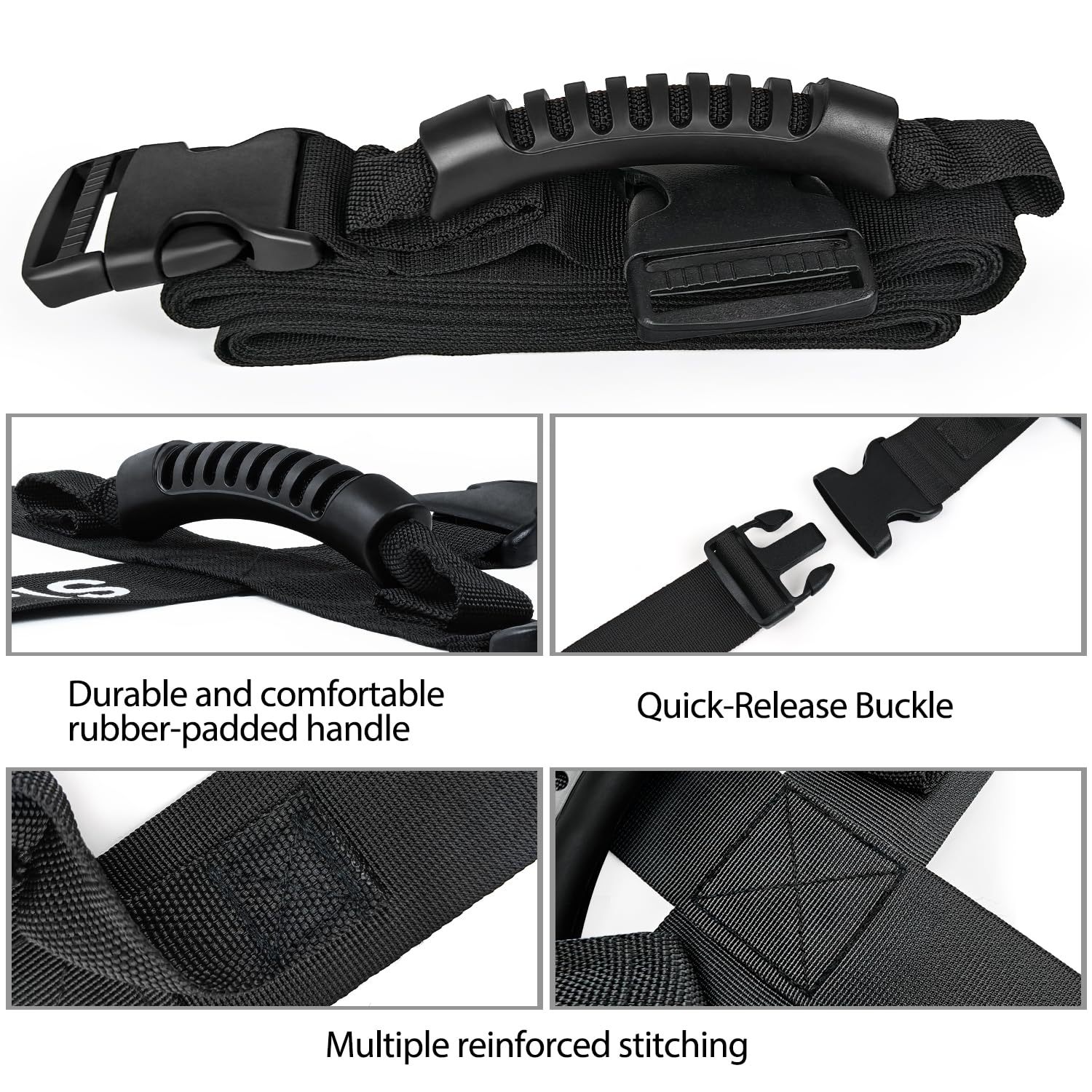
Portability affects usability. Handles and straps should be padded and securely stitched. Carrying comfort is critical for long walks or uneven terrain.
Key Considerations
| Design Feature | Benefit |
|---|---|
| Reinforced handles | Supports heavy loads without tearing |
| Padded shoulder straps | Reduces fatigue during transport |
| Backpack-style options | Frees up hands and improves balance |
Choose designs suited to your usage. For example, backpack coolers work best for hiking, while totes are better for picnics.
Adequate Capacity and Compartmentalization
Storage layout impacts efficiency. A good cooler bag balances volume and organization. Compartments prevent squishing and help sort items safely.
Key Considerations
| Element | Use |
|---|---|
| Separate food zones | Prevents cross-contamination |
| Side pockets | Holds utensils or condiments |
| Adjustable dividers | Customizable space |
Choose a size that fits your common packing list. Avoid overfilling as it can affect insulation performance and carrying ease.
Rigid Structure or High-Density Foam
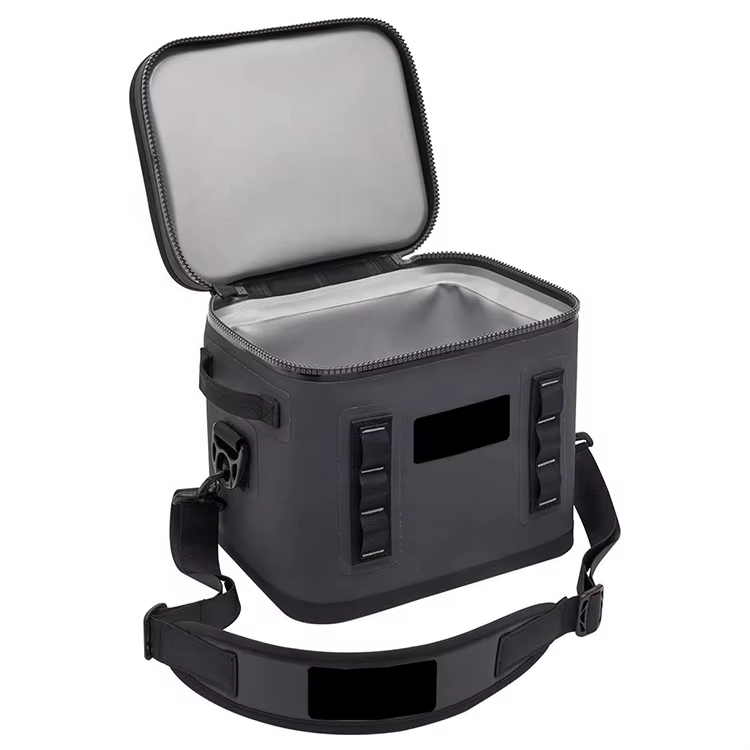
Structural integrity prevents collapse and supports stacking. A cooler with rigid walls or high-density foam maintains its shape under load.
Key Considerations
| Construction Type | Benefit |
|---|---|
| Molded frame | Offers maximum shape retention |
| High-density insulation | Supports weight while keeping contents cool |
| Reinforced base | Prevents sagging and improves stability |
Rigid bags are ideal for road trips or use in rugged settings. They also stack better in storage or transport vehicles.
Ease of Cleaning
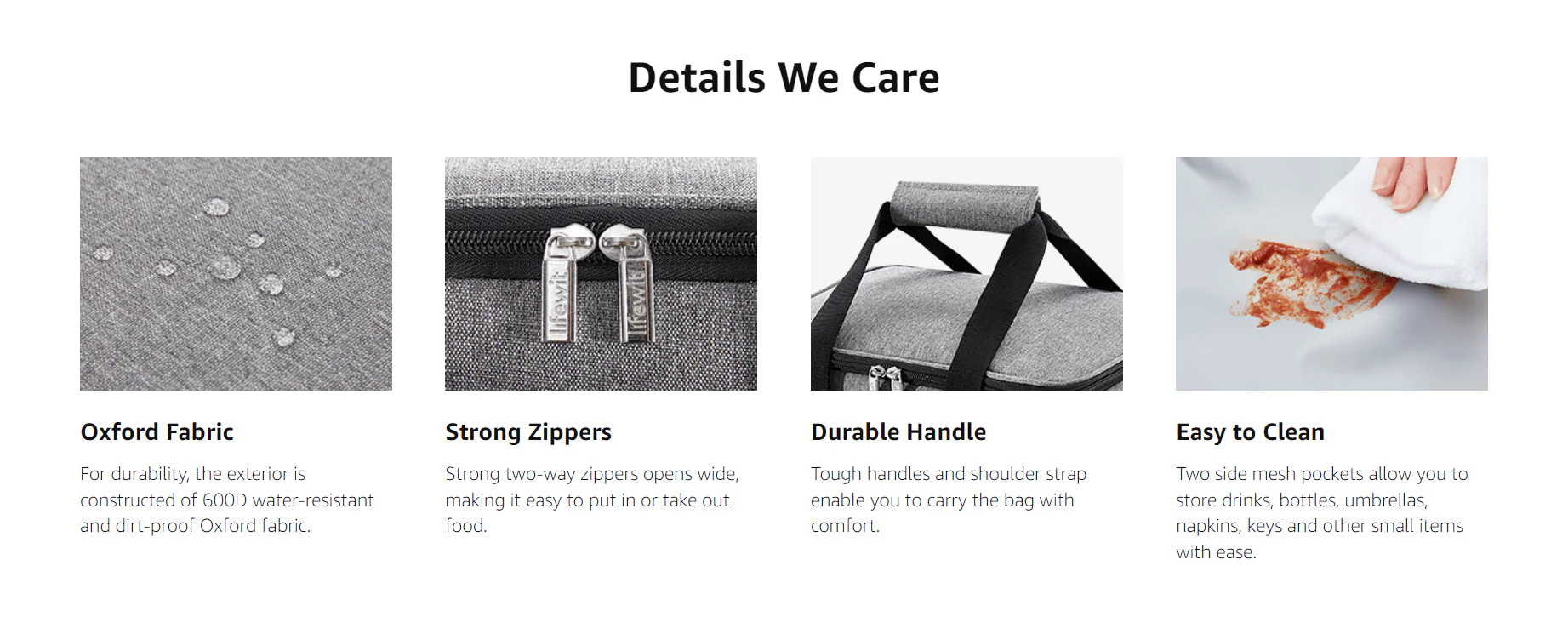
Cleanability directly affects hygiene and product life. A cooler that’s hard to clean will retain odors and grow bacteria over time.
Key Considerations
| Feature | Benefit |
|---|---|
| Smooth inner lining | Wipes down easily without trapping debris |
| Mold-resistant | Prevents bacterial growth |
| Dishwasher safe | (for removable parts) Simplifies maintenance |
Look for antimicrobial linings and seamless construction. Cleaning should be quick, especially for frequent outdoor users.
Organizational Accessories
Accessories enhance convenience. Items like bins or pouches help prevent crushing and keep things accessible.
Key Considerations
| Accessory Type | Function |
|---|---|
| Plastic containers | Protects delicate food items |
| Ice pack holders | Prevents direct contact with food |
| Interior baskets | Improves stacking and space efficiency |
These tools don’t just help with storage — they help reduce ice melt by improving airflow inside the cooler.
Temperature Monitoring and Ice Management
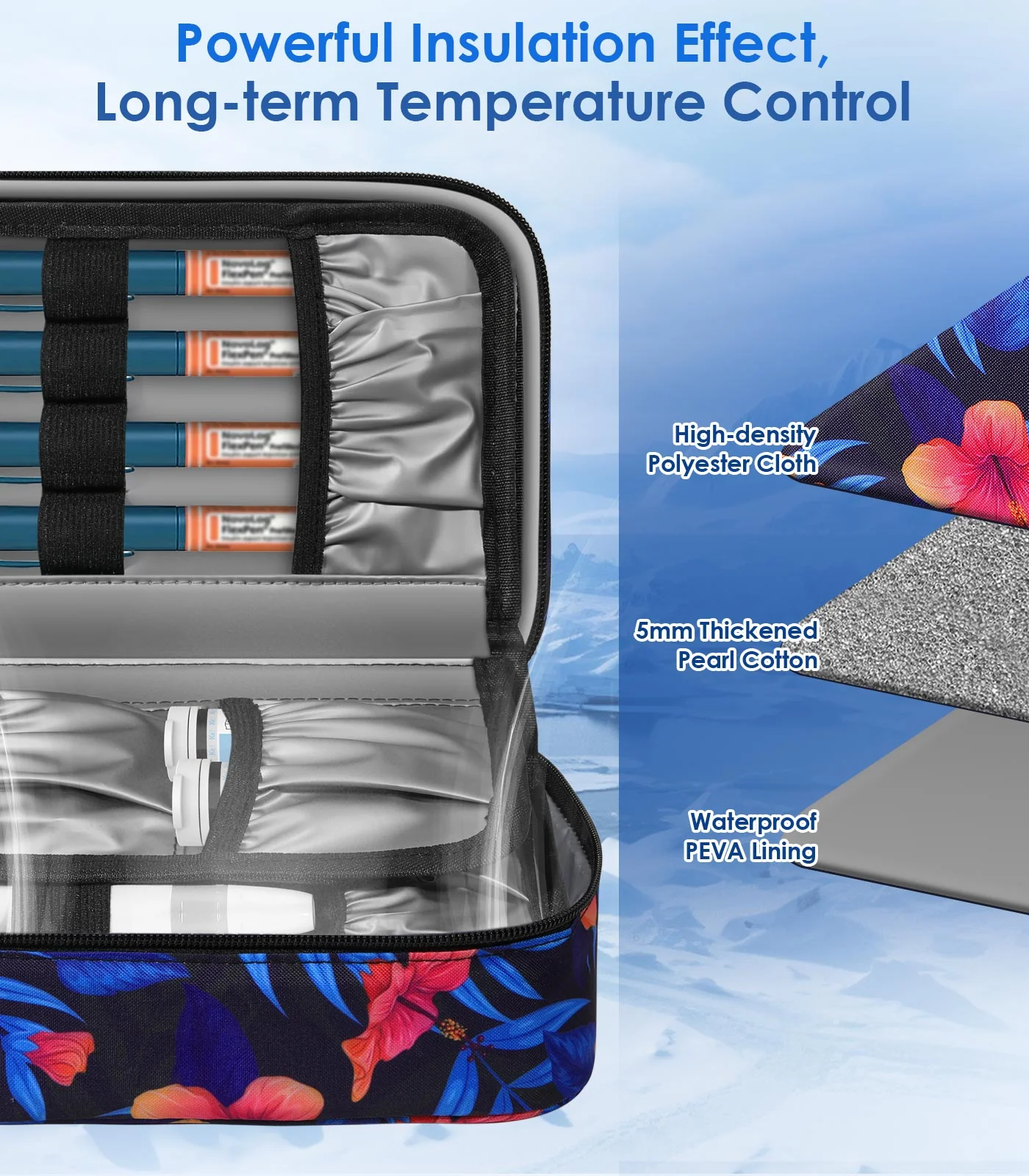
Keeping contents cold means tracking temperatures. Built-in or added thermometers allow better ice management.
Key Considerations
| Tool | Purpose |
|---|---|
| Waterproof thermometer | Monitors internal temperatures |
| Ice pack tracking | Ensures optimal placement for longevity |
| Meltwater drainage | Keeps items dry and cool |
A good cooler retains temperatures below 40°F (4°C). Ice should last 12–24 hours depending on outside temperature and insulation.
Seal Efficiency and Closure
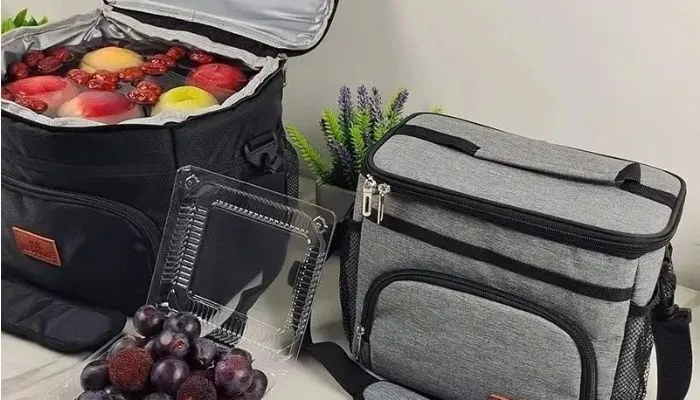
Airtight sealing keeps cold in and warm air out. Poor seals reduce cooling efficiency and waste ice.
Key Considerations
| Closure Type | Effectiveness |
|---|---|
| Zipper with rubber seal | Locks in cold air |
| Roll-top closures | Adds water and air resistance |
| Magnetic flaps | Offers quick access without heat exchange |
Choose seals based on use frequency and type of contents. Airtight options are best for perishable storage and long trips.
Conclusion
A reliable cooler bag needs more than just insulation — it must withstand use, manage space well, and stay clean and dry. In our production at JiaRong Packing, we integrate durable stitching, antimicrobial linings, and customizable compartments into our insulation bag designs. Whether you're sourcing for a large supermarket or hotel distributor, this checklist ensures long-term performance and customer satisfaction.
Share your go-to cooler bag features in the comments and let us know what matters most to you!
-
Understanding insulation materials can help you choose a cooler bag that keeps your food and drinks fresh for longer periods. ↩
-
Exploring durable materials will guide you in selecting a cooler bag that withstands outdoor conditions and lasts longer. ↩
-
Learning about waterproofing and leakproofing can ensure your cooler bag protects its contents from spills and moisture. ↩


